Pest Information in Bathurst
Termites
- Every year 180,000 Australian homes are attacked by termites
- The CSIRO has reported that over one in three homes will be attacked by termites
- You have an 80 percent chance of being within 25 metres of a termite colony
Termite Caste System
How to Handle a Termite Infestation
Cockroaches
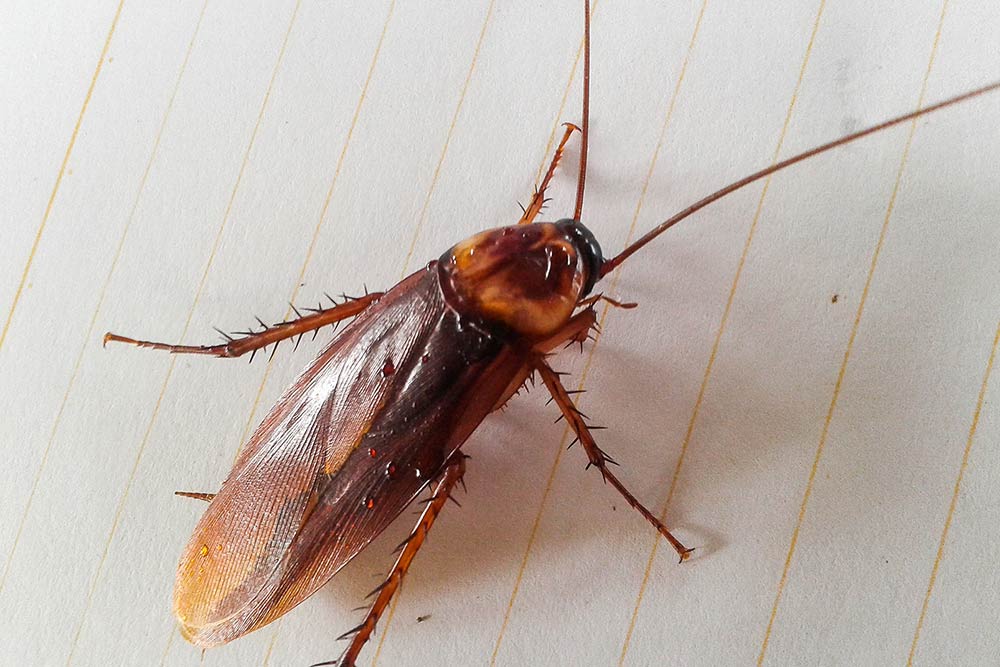
The Dangers of Cockroaches
Cockroach Treatment
Cockroach Species
The German Cockroach
The Oriental Cockroach
The American Cockroach
The Australian Cockroach
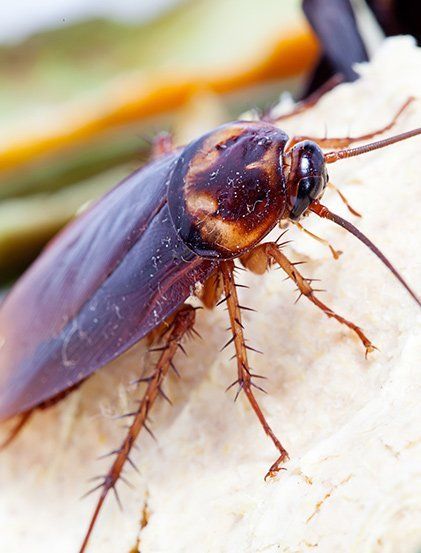
The Smoky Brown Cockroach
Spiders
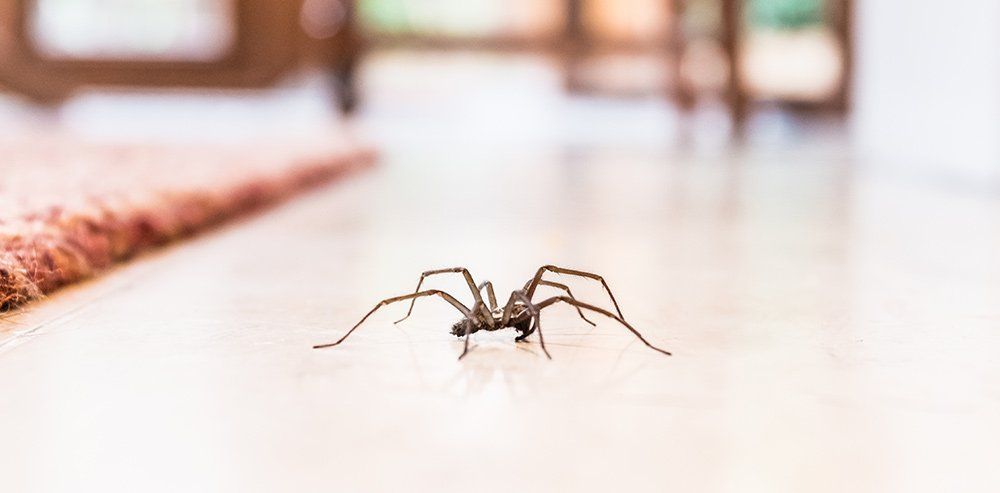
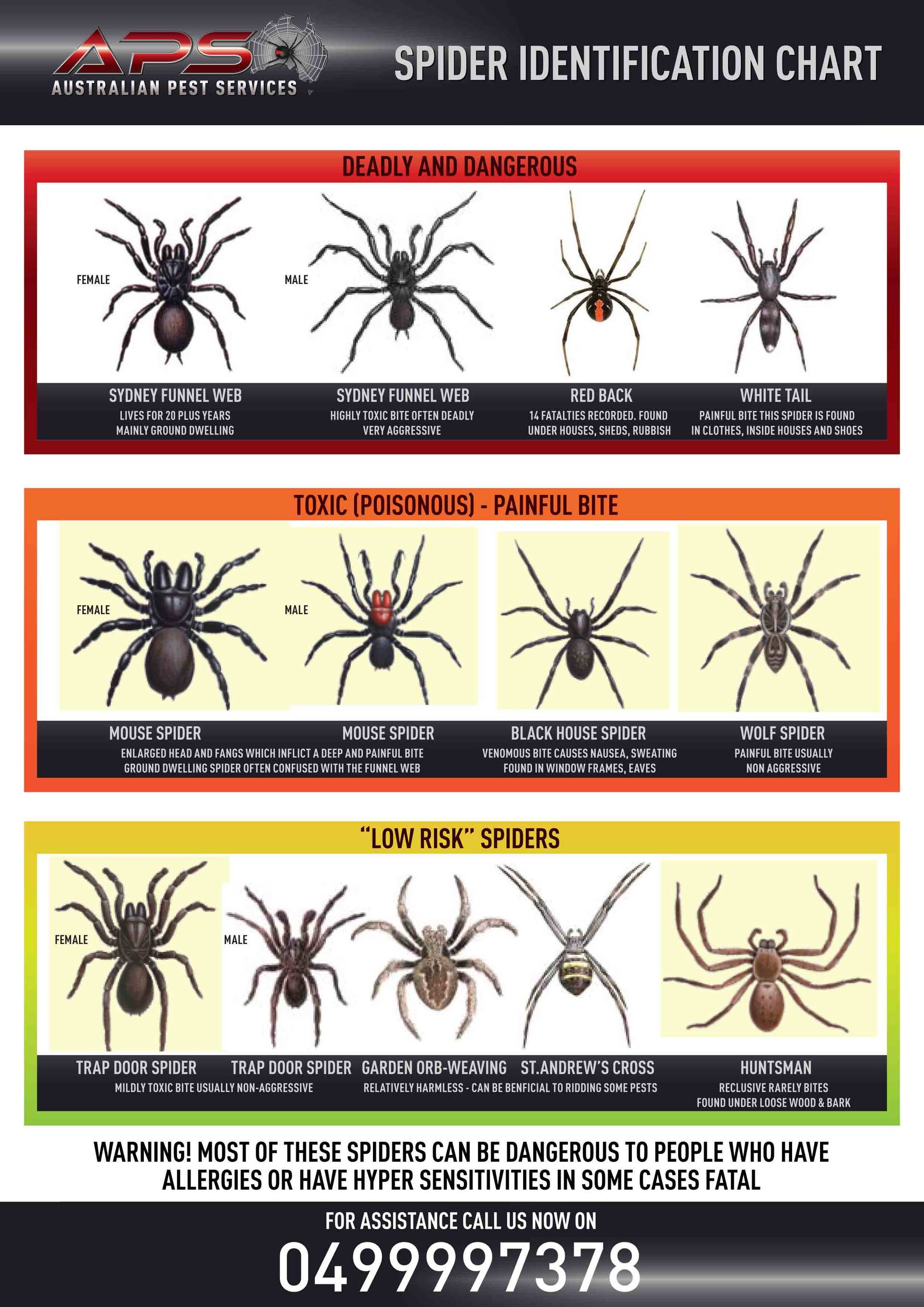
Ants
- Argentine ants
- Bulldog/bull ants
- Carpenter ants
- Coastal brown ants
- Common black house ants
- Garden ants
- Pavement ants
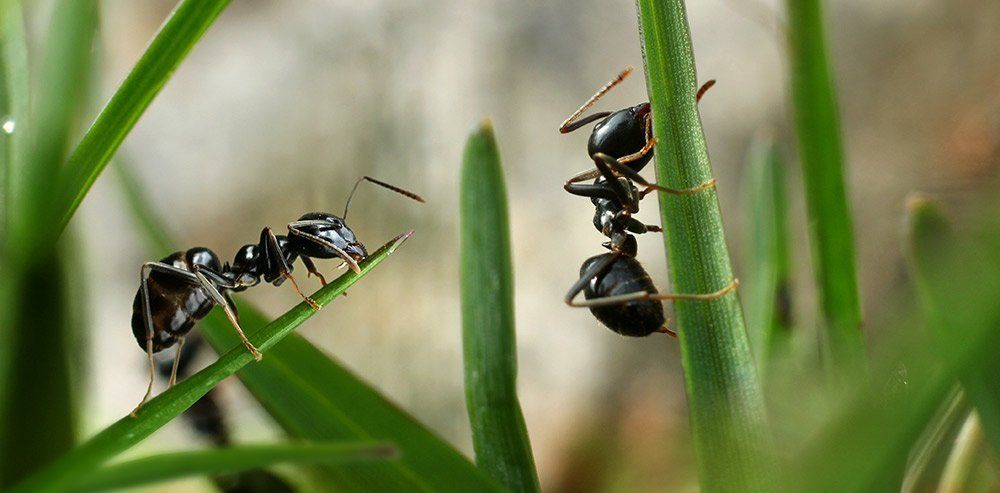
- Argentine ants
- Coastal brown ants
- Black house ants
Rodents
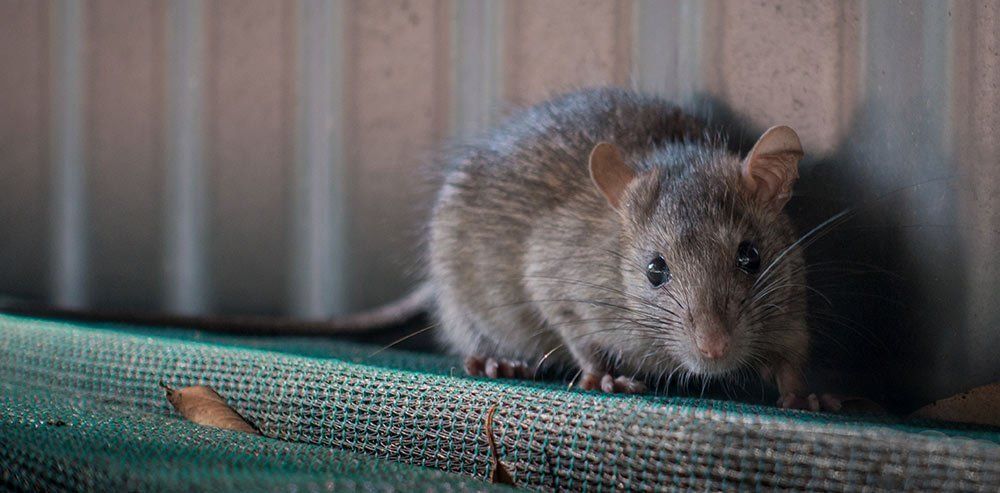
Wasps and Bees
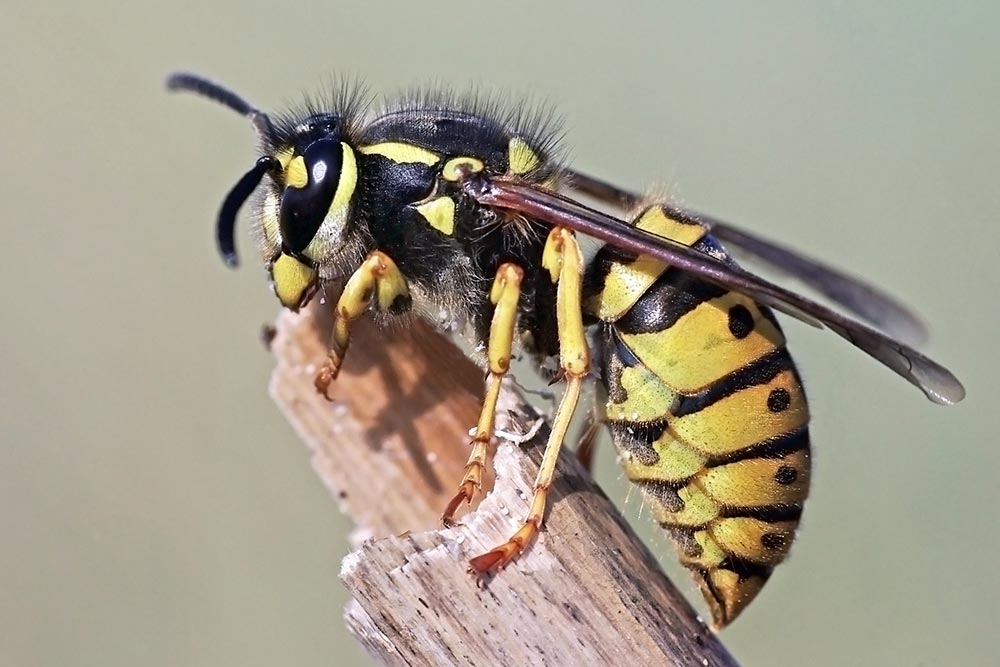
Bee Removal
Wasps
- Mud dauber
- Paper nest wasp
- European wasp
Remotely Baiting of European Wasps
European Wasps workers die off over winter, but the Queens survive and every nest that has not been treated and killed off from the previous season, can produce up to 100 Queens who will move off to start a new colony of her own and if left alone will continue to build in size through summer until late Autumn where the nest can hold thousands of Wasps that can’t wait to invade your picnic or family BBQ.
European Wasps are usually observed scavenging for meat scraps, dog food, your sandwich and killing insects including Honeybees. European Wasps are a major predator of our beloved Honeybees. All the protein rich food that has been harvested will be fed to the young developing Wasps while adult Wasps annoyingly fly into your personal space, are searching for carbohydrates coming from sugars found in things like fruits, soft drinks and pollen.
In the past, unless a nest was located, there was not a lot that could be done for invasive European Wasp activity. Now that has changed, Australian Pest Services is a Vespex Accredited Specialist and able to utilise the Vespex European Wasp Lure system.
This system can be used to trap Emerging Queens (This is starting to happen right now!) or remotely bait European Wasp nests eliminating the need to locate the nest.
Direct treatment is the best option if possible, but this new system provides Australian Pest Services with another weapon in their arsenal to reduce the population of the invasive pests.
A two-pronged process can be used to eliminate or reduce Wasp numbers starting with the Queens as they emerge in spring, by luring them into wasp traps using a specially formulated lure that is not attractive to Bees. The wasps cannot escape and die reducing the number of Queens and potential colonies.
In late Summer and Autumn when the number of worker Wasps are starting to increase exponentially, bait tunnels can be used and an innovative active ingredient is added to the lure, the wasps feed readily on the lure and take it back to their nest where it is distributed through the colony resulting in the collapse of the entire colony Queen and all.
Only accredited and licenced Pest Control companies can utilise the toxicant baiting programme ensuring compliance and environmental best practice.
This system can be used in many different situations including residential premises, outdoor dining areas for cafes and restaurants, parks and picnic areas, orchards, vineyards, food production facilities or any situation where Wasp activity is present, and a nest cannot be located.
To make sure you don’t get swarmed by Wasps give Australian Pest Services a call.
Birds
- Starlings
- Mynas
- Sparrows
- Pigeons
- Netting
- Spikes
- Bird Slide
- Bird-Shock
- Bird Wire
- Hot Silicone
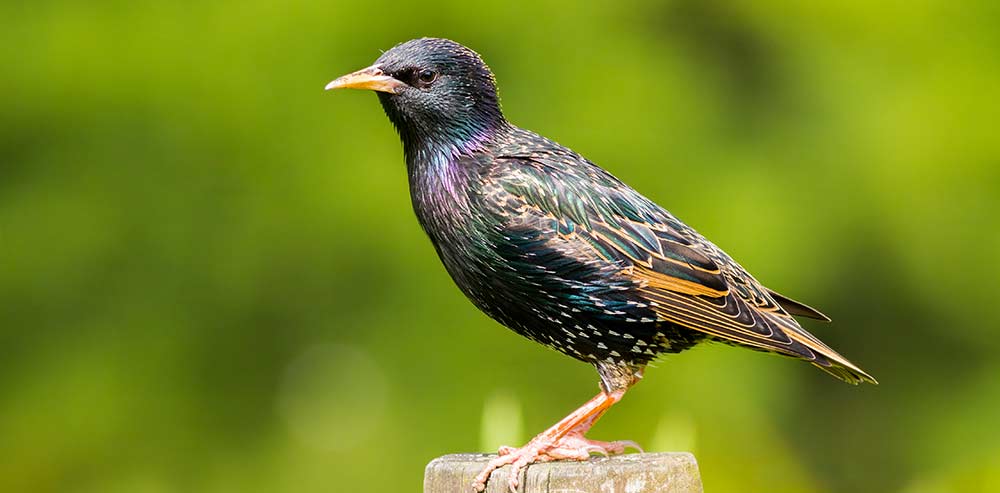
Fleas
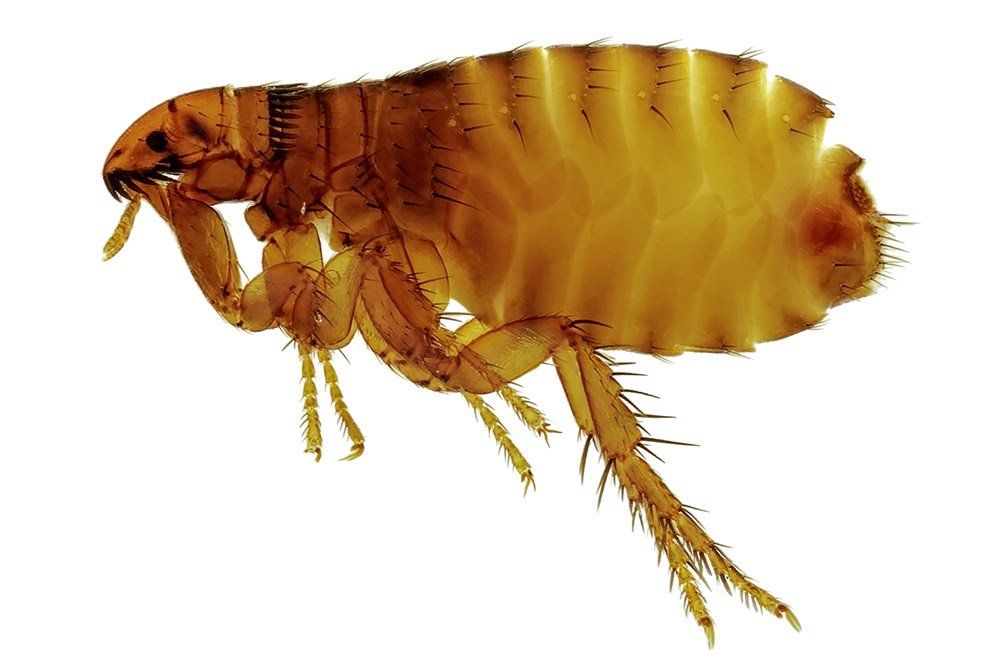
Silverfish




